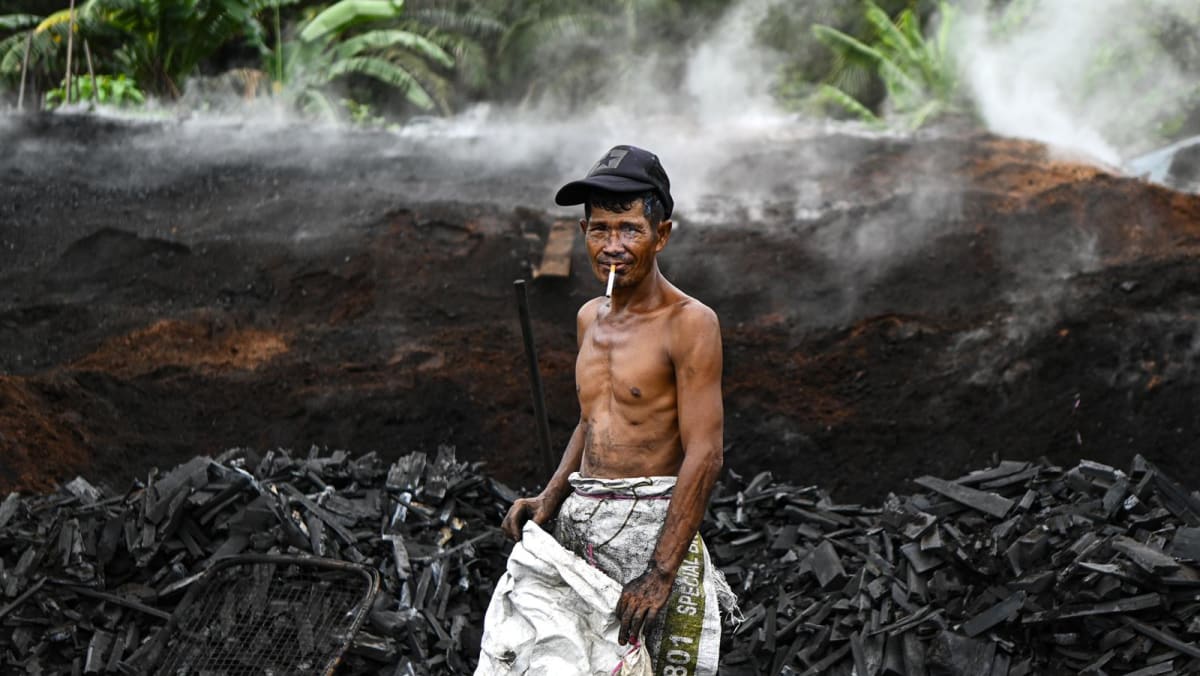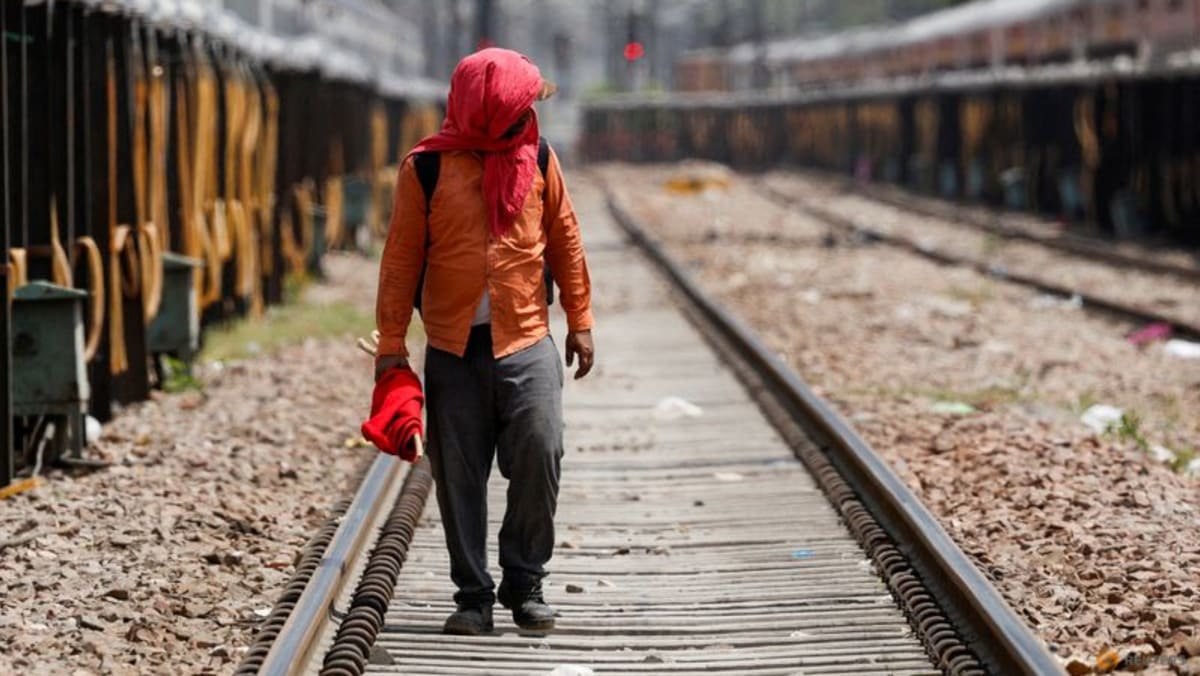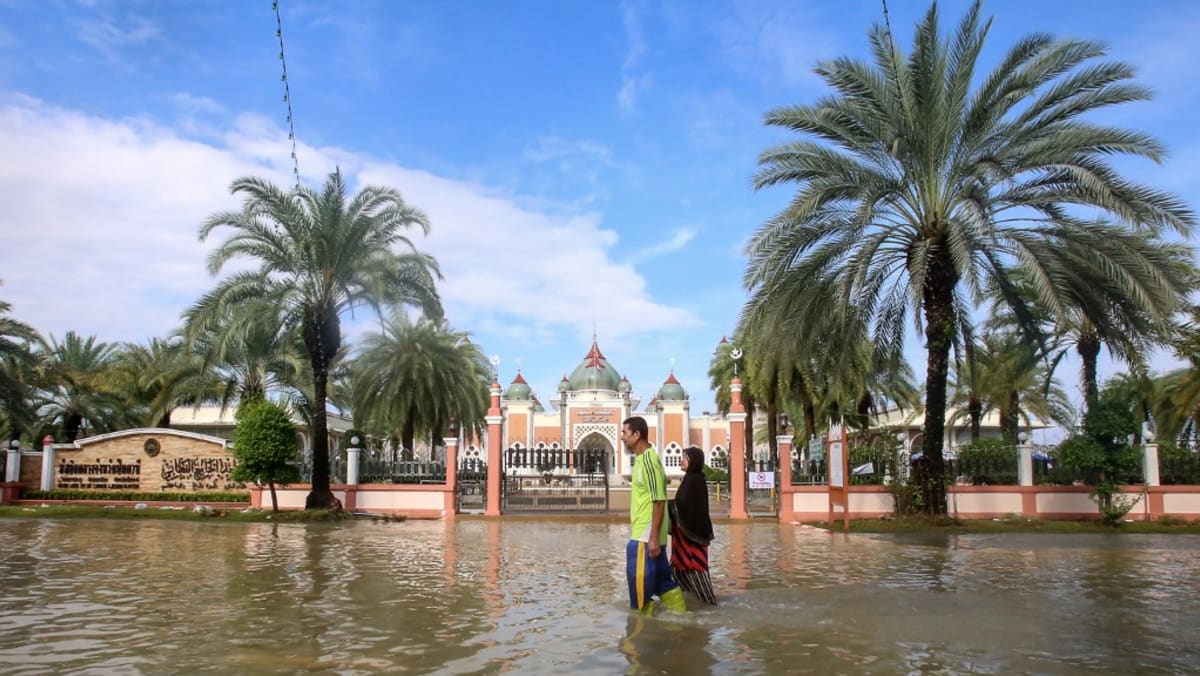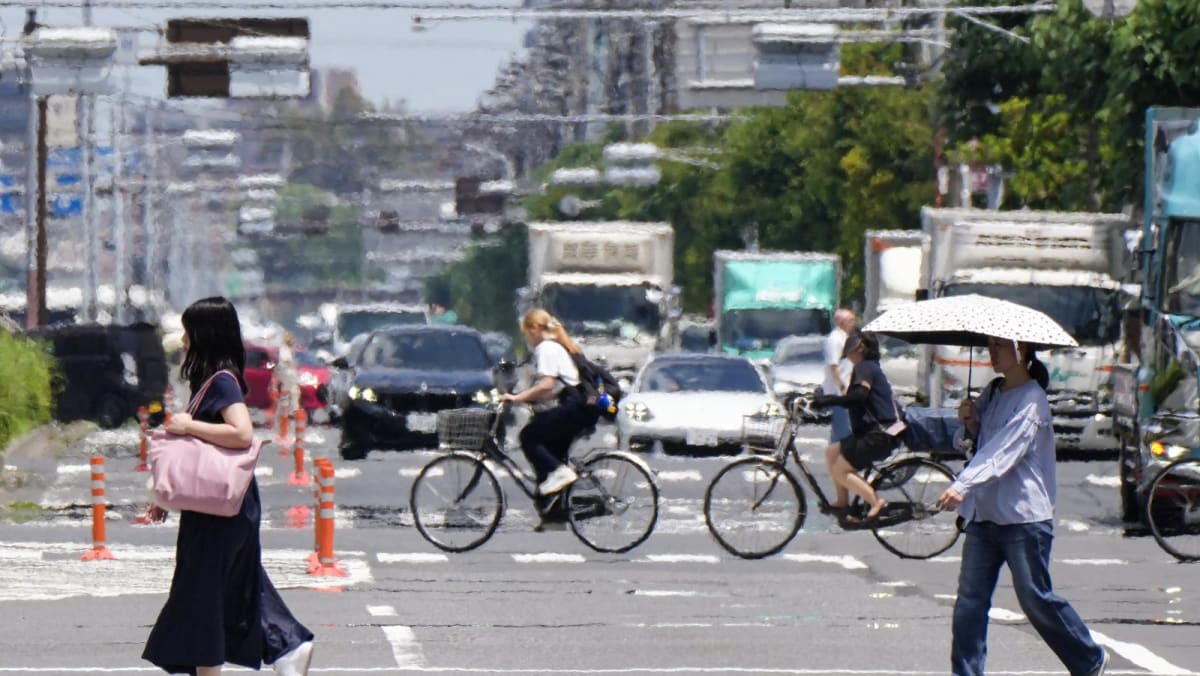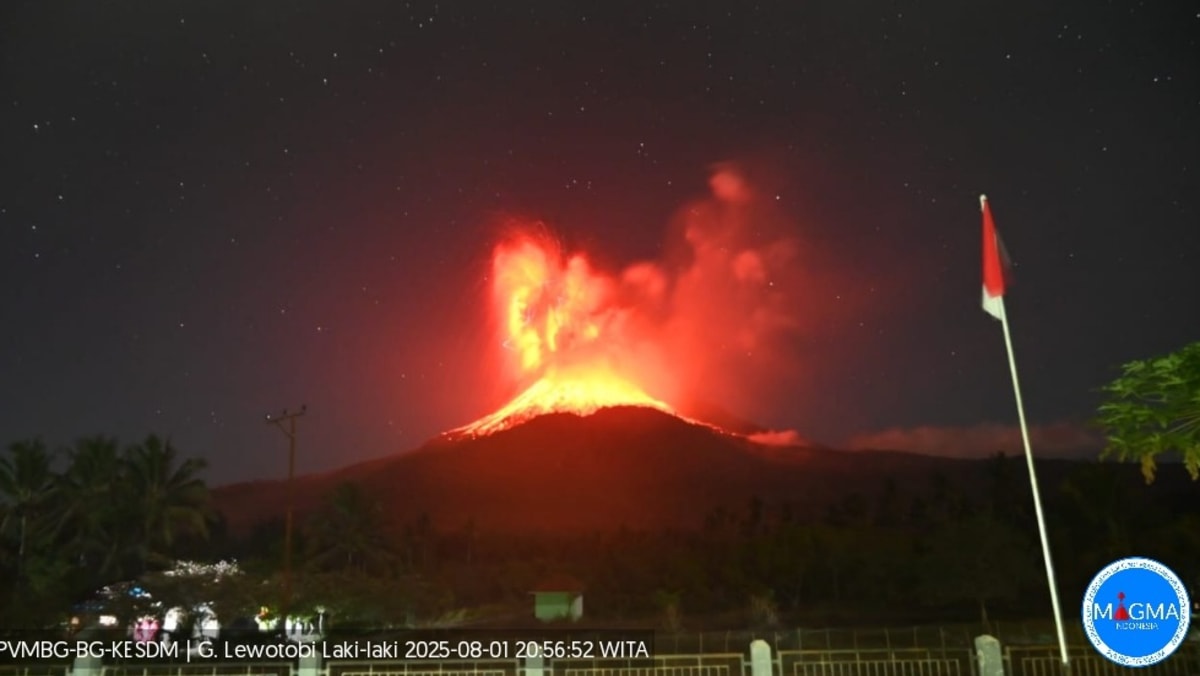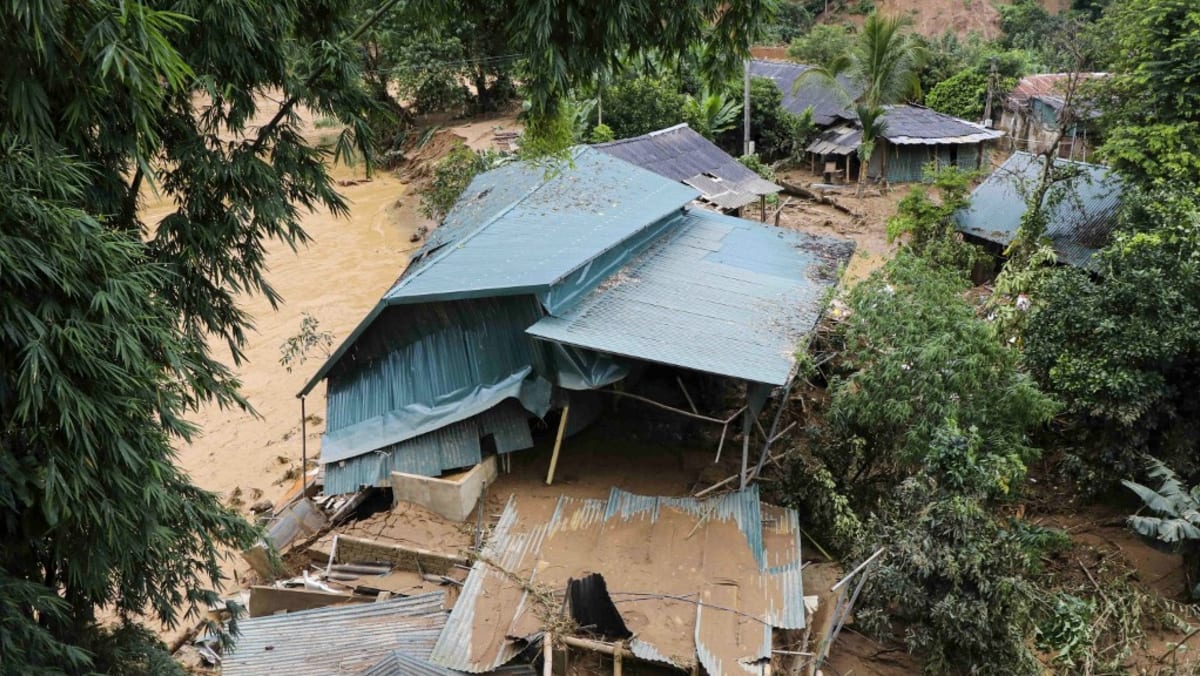NEW DELHI: Nearly 60 per cent of Indian districts, home to three-quarters of the population, face a “high to very high” risk from extreme heat, with rising night-time temperatures and humidity compounding the health impact, a study has found.
The report, published on Tuesday (May 20) by the New Delhi-based Council on Energy, Environment and Water (CEEW) think tank, analysed climate, health, and infrastructure data to calculate a heat-risk score.
“About 57 per cent of Indian districts, home to 76 per cent of India’s total population, are currently at high to very high heat risk,” the study found, with the heat risk in the capital New Delhi among the highest.
The study comes as some parts of north India continue to grapple with heatwave and severe heatwave conditions. Billions of people across South Asia grapple with soaring temperatures each year, a trend scientists say has been exacerbated by human-driven climate change.
The study also flagged a rise in relative humidity across north India, including in traditionally arid regions, which worsens heat stress on the human body by slowing the process of sweating and making it harder to release heat as temperatures soar.
Factoring in more dimensions like humidity and demographics in heat risk planning, and creating a national repository of heat action plans for cross-learning between states are among the measures the study recommends to “bridge the heat resilience gap”.
India recorded more than 40,000 suspected heatstroke cases and at least 110 confirmed deaths between Mar 1 and Jun 18 last year, when its northwestern and eastern parts recorded more than twice the usual number of heatwave days.

